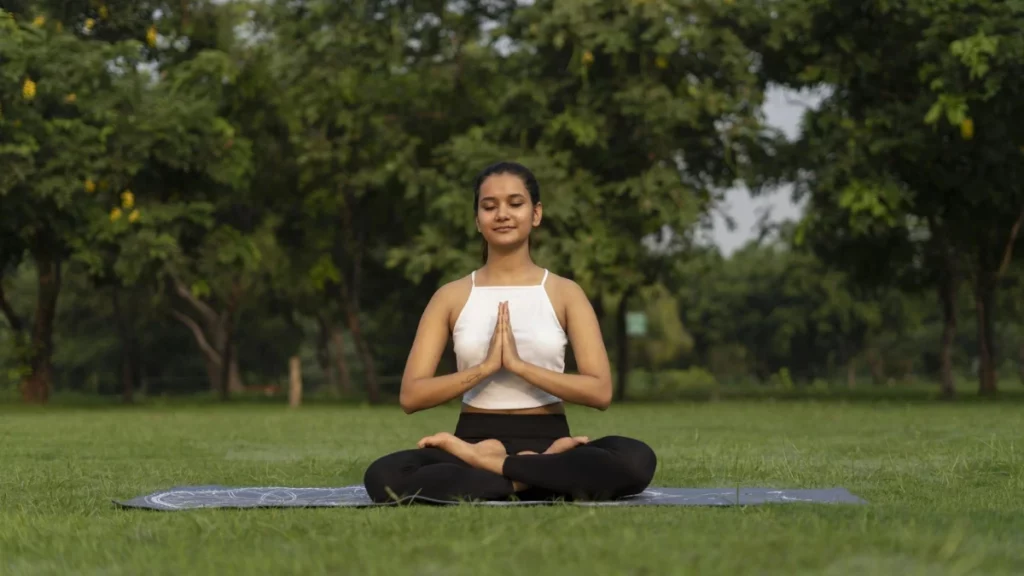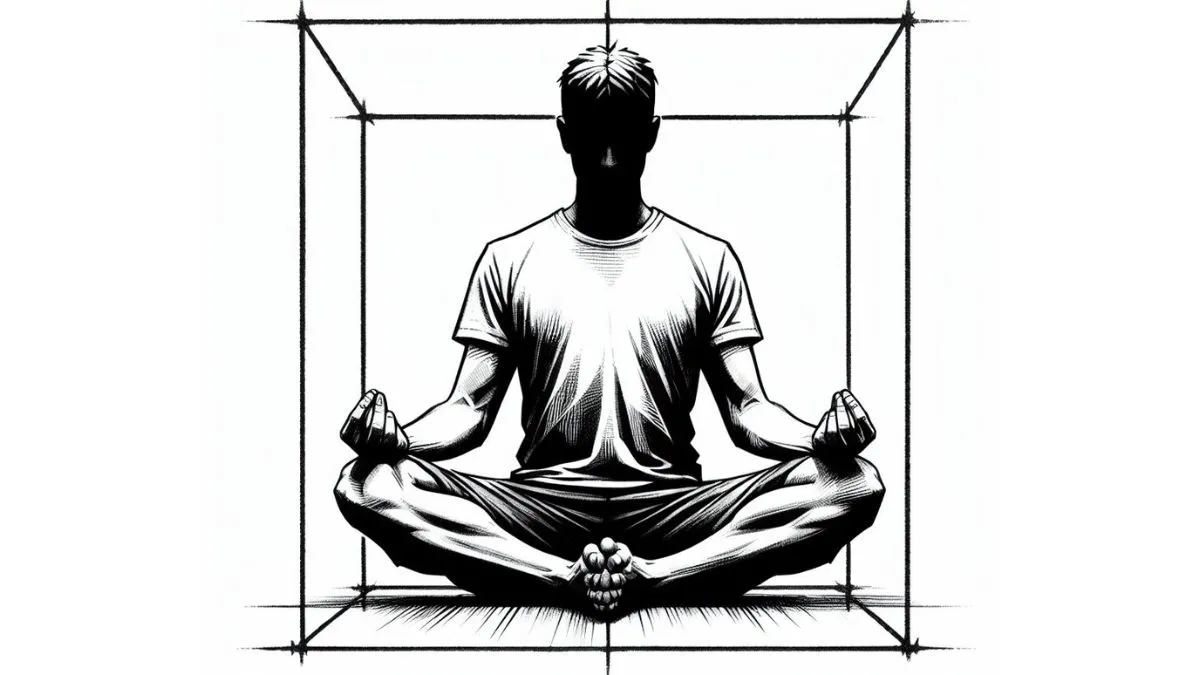Introduction
Swastika Asana, also known as Auspicious Pose, is a traditional yoga posture that holds deep spiritual and cultural significance. Despite its ancient roots and the symbol, it is different from the controversial symbol associated with the Nazi regime. In this article, we explore the history, symbolism, benefits, step-by-step guide, and cultural context of Swastika Asana.
The Roots of Swastika Asana
Swastika Asana has been practiced in ancient yogic traditions for centuries. The term “Swastika” is derived from the Sanskrit word “Su-astika,” meaning “auspicious” or “well-being.” The asana holds cultural significance in Indian traditions and is revered as a symbol of good fortune and positivity.
Understanding the Symbolism of Swastika
The Swastika symbol is an ancient and sacred symbol found in many cultures around the world, including Indian, Native American, and Buddhist traditions. In these contexts, the Swastika represents prosperity, well-being, and the cyclical nature of life. It is essential to differentiate between the symbol used in Swastika Asana and the controversial use of the Swastika by the Nazi party in the 20th century, which carries a completely different meaning and historical context.
The Auspiciousness of Swastika Asana
Swastika Asana is considered auspicious due to the symbolism associated with the Swastika symbol. When practiced with reverence and respect for its cultural roots, the asana becomes a way to connect with ancient traditions and invite positive energies.
Step-by-Step Guide to Practicing Swastika Asana

Follow these instructions to practice Swastika Asana with ease:
- Sit on the floor with your legs extended in front of you.
- Cross your legs at the shins, placing each foot beneath the opposite knee.
- Ensure that both knees touch the ground and your spine remains erect.
- Place your hands on your knees, palms facing downward or upward, in a comfortable mudra.
- Close your eyes and take deep, mindful breaths.
- Hold the pose for a few minutes, focusing on your breath and cultivating a sense of calm and well-being.
The Holistic Benefits of Swastika Asana
Swastika Asana offers various physical, mental, and spiritual benefits:
- a) Improved Digestion: The pose aids in digestion by encouraging blood flow to the abdominal organs.
- b) Enhanced Flexibility: Regular practice can increase the flexibility of the hips and knees.
- c) Relaxation and Calm: It promotes relaxation and helps reduce stress and anxiety.
- d) Energy Flow: The pose facilitates the smooth flow of prana (life force energy) throughout the body.
- e) Mindfulness: The meditative nature of the asana cultivates mindfulness and inner awareness.
Cultural Context and Respectful Practice
It is essential to approach this Asana with cultural sensitivity and respect. Understand the sacred significance of the Swastika symbol in various cultural contexts and avoid any misinterpretation or association with the controversial use of the symbol.
Precautions and Contraindications
As with any yoga pose, certain precautions should be considered:
- a) Knee or Hip Injuries: If you have knee or hip injuries, practice this Asana with caution or choose a more suitable pose.
- b) Discomfort or Pain: If you experience discomfort or pain while in the pose, gently release the position and explore alternative sitting postures.
Conclusion
Swastika Asana, the Auspicious Pose, is a yogic posture that symbolizes prosperity and well-being when approached with respect for its cultural significance. Free from any negative associations, this traditional pose allows practitioners to experience a sense of calm, mindfulness, and connection to the ancient wisdom of yoga. By practicing Swastika Asana with reverence and understanding, individuals can embrace the positive energies and transformative potential of this sacred seat.


